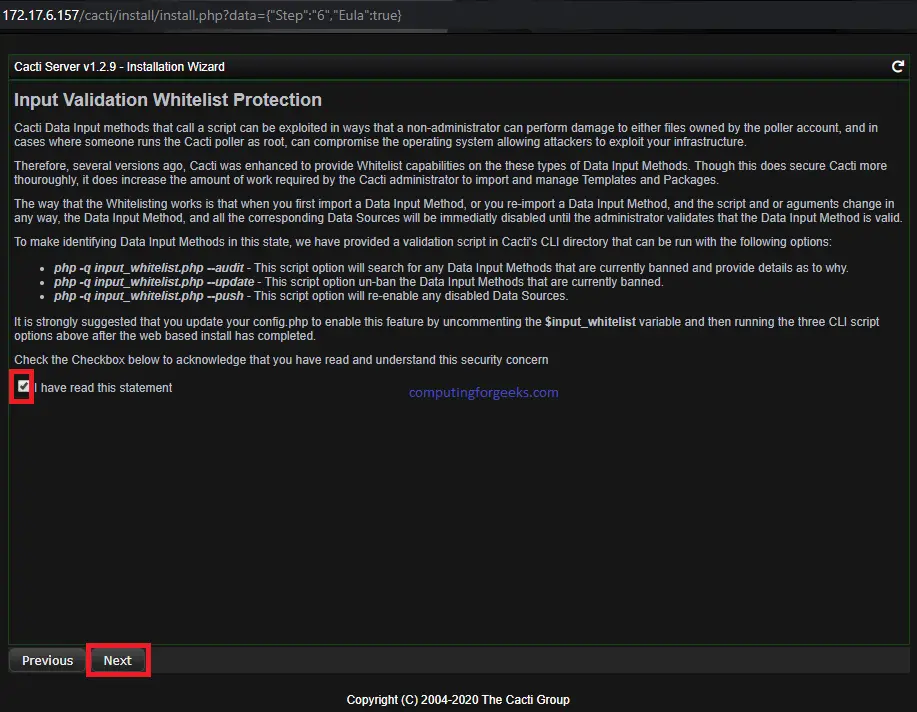
You will need to allow the created database user (cactiuser) to have access to the mysql.time_zone_name table. GRANT ALL ON cacti.* TO IDENTIFIED BY 'cactipassword' Grant permission to the newly created database. Then, create a database for the Cacti installation.

Install Cacti on Debian 11 Create Databaseįirst, log in to the MariaDB server.

Max_execution_time = 60 Install SNMP sudo apt install -y snmp php-snmp rrdtool librrds-perl Innodb_io_capacity_max = 10000 Install Apache & PHP Extensions sudo apt install -y apache2 libapache2-mod-php php-xml php-ldap php-mbstring php-gd php-gmp php-mysql PHP SettingsĪs a mandatory requirement, Cacti require below values in /etc/php/7.4/apache2/php.ini and /etc/php/7.4/cli/php.ini files, assuming that your system has PHP v7.4. sudo nano /etc/mysql//50-server.cnfĪnd then, add/update the below settings in the section. You will need to change few MariaDB settings for Cacti installation. READ: How to Install MariaDB on Debian 11 Tuning Database Install MariaDB database by following the below URL. Prerequisitesįirst, update the repository index.

In this post, we will see how to install Cacti on Debian 11. You can also configure Cacti to poll SNMP devices, traffic counters, routers, servers, etc. Cacti is one of the most popular open-source, web-based network monitoring and graphing tool that you can use to keep track of your network performance in almost real-time.Ĭacti can gather metrics from network devices, graph them, and store them for reporting and historical analysis.


 0 kommentar(er)
0 kommentar(er)
